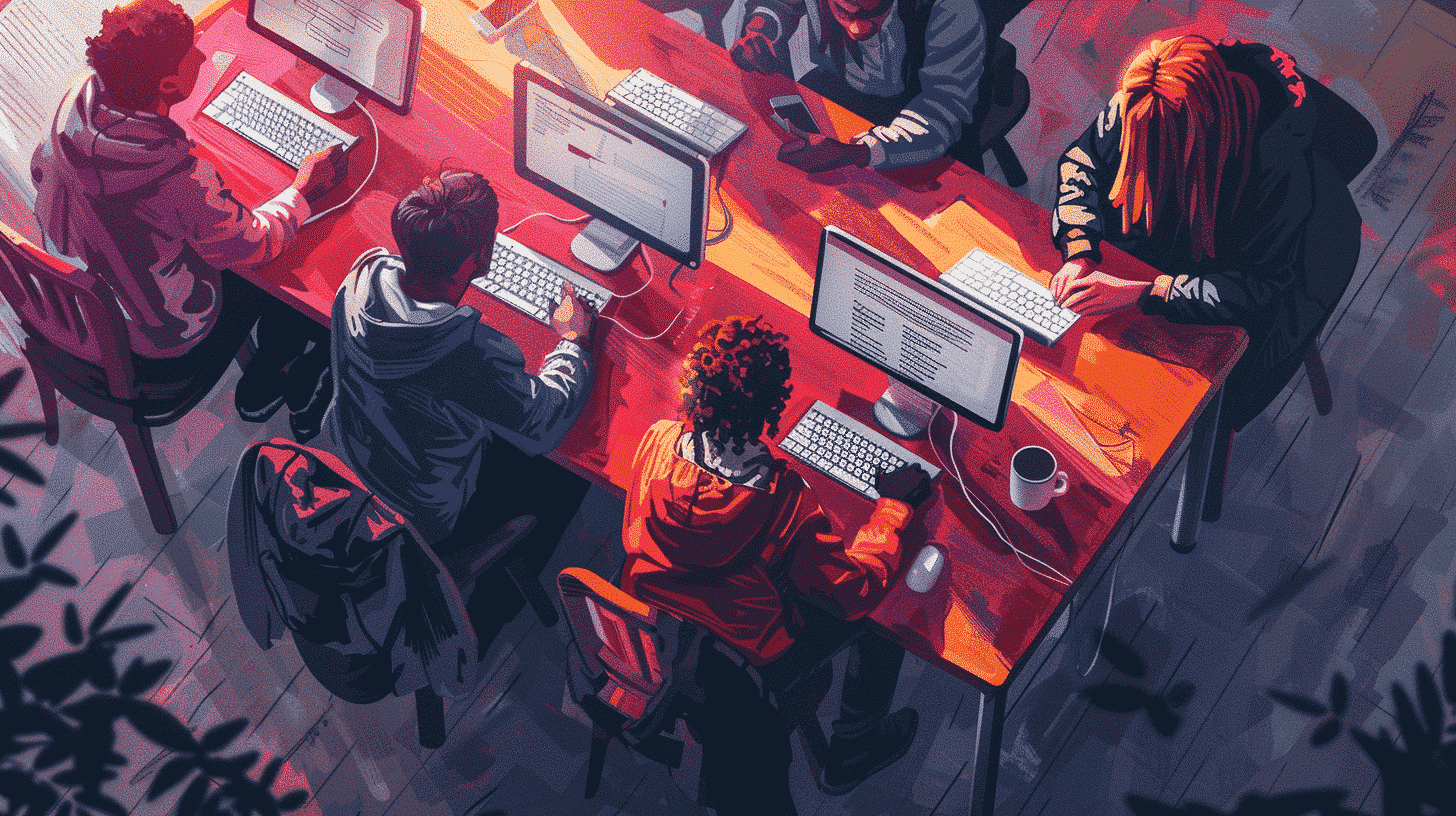Understanding the Basics: How to Say Good Morning in Italian
When learning Italian greetings, starting with “good morning” is fundamental. The most common and straightforward way to say good morning in Italian is:
- Buongiorno (pronounced: bwohn-JOHR-noh)
This phrase literally translates to “good day” but is widely used as a morning greeting in Italy. It is suitable for both formal and informal settings and is generally used from early morning until the early afternoon.
Pronunciation Tips for Buongiorno
Mastering the pronunciation of buongiorno is essential to make a good impression. Here are some tips:
- “Buo” sounds like “bwoh,” blending the “b” and “w” sounds smoothly.
- “Giorno” has a soft “g” sound like “j” in “joy,” followed by “or,” and ending with “no” where the “r” is slightly rolled.
- Practice saying it slowly at first: bwoh-n-JOR-no, then gradually increase speed.
Using Talkpal’s voice recognition and pronunciation tools can be invaluable in getting this right.
Alternative Ways to Say Good Morning in Italian
While buongiorno is the standard greeting, Italian is rich in expressions that vary by region and context. Here are some alternatives:
- Buon mattino – Literally “good morning,” but less commonly used in everyday conversation. More poetic or formal.
- Ciao – Informal greeting meaning “hi” or “hello,” often used among friends in the morning as well.
- Salve – A neutral, polite greeting suitable for both morning and other times of the day.
When to Use Each Greeting
- Buongiorno is best used in professional or formal contexts such as at work, in stores, or when meeting someone for the first time in the morning.
- Ciao is perfect for friends, family, and informal settings.
- Buon mattino can be used in writing or when you want a more refined touch.
The Cultural Significance of Morning Greetings in Italy
Understanding how to say good morning in Italian goes beyond vocabulary; it’s about grasping the cultural importance of greetings. In Italy, greetings are a vital social ritual that reflects politeness and warmth.
- Italians typically greet shopkeepers, neighbors, and colleagues with buongiorno to show respect and friendliness.
- Using proper greetings can foster goodwill and open communication channels.
- Morning greetings often accompany a smile, a handshake, or even a light kiss on the cheek among close acquaintances.
Being mindful of these customs enhances your language learning experience and helps you connect better with native speakers.
Common Phrases to Use Alongside Buongiorno
To enrich your conversations, it’s useful to learn some complementary morning phrases:
- Come stai? – How are you? (informal)
- Come sta? – How are you? (formal)
- Ti auguro una buona giornata – I wish you a good day.
- Hai dormito bene? – Did you sleep well?
These expressions help you engage more naturally and show genuine interest in the person you are greeting.
Using Talkpal to Master Italian Greetings
Talkpal offers a user-friendly platform designed to help learners practice how to say good morning in Italian and other essential phrases. Some of its key features include:
- Interactive Lessons: Structured modules focusing on greetings and common expressions.
- Pronunciation Practice: Voice recognition technology that gives instant feedback.
- Cultural Insights: Tips on when and how to use greetings appropriately.
- Real-life Conversations: Simulated dialogues to practice in a realistic context.
By using Talkpal regularly, you can improve your fluency and confidence in everyday Italian conversations.
Frequently Asked Questions About Saying Good Morning in Italian
Is “Buongiorno” used all day in Italy?
No, buongiorno is typically used from morning until early afternoon. After that, Italians switch to “buonasera” (good evening).
Can I use “ciao” to greet strangers in the morning?
“Ciao” is informal and best reserved for friends or people you know well. For strangers or formal situations, use “buongiorno.”
How important is tone when saying buongiorno?
Tone matters a lot. A warm, friendly tone conveys politeness and openness, which Italians appreciate.
Tips for Practicing Your Italian Morning Greetings
- Practice saying buongiorno aloud daily, focusing on correct pronunciation.
- Use Talkpal’s role-playing exercises to simulate real conversations.
- Watch Italian movies or listen to podcasts to hear how natives greet each other.
- Try greeting Italian speakers or fellow learners in online forums or language exchange apps.
Conclusion
Mastering how to say good morning in Italian is a wonderful way to start your language learning journey on the right foot. By understanding the different phrases, cultural contexts, and pronunciation nuances, you can greet others with confidence and warmth. Utilizing resources like Talkpal enhances this learning process by providing practical tools and immersive experiences. Whether you are traveling to Italy, communicating with Italian friends, or simply exploring a new language, starting your day with a heartfelt buongiorno is sure to make a positive impression.









